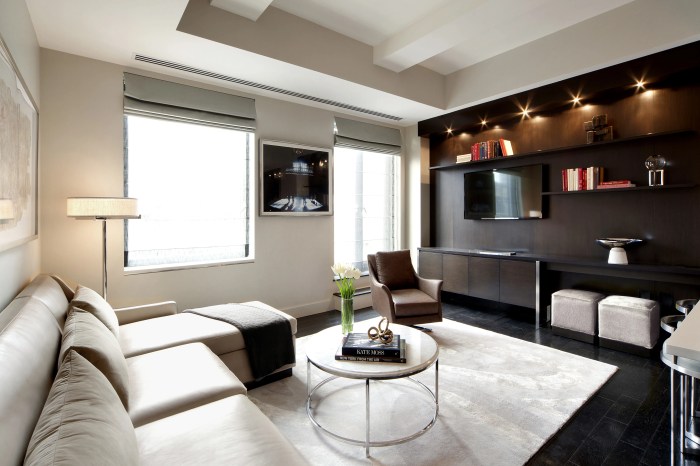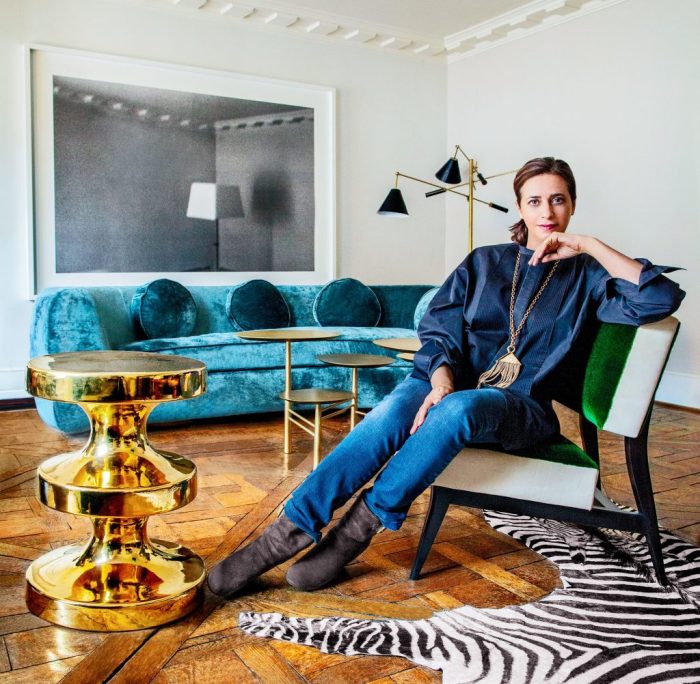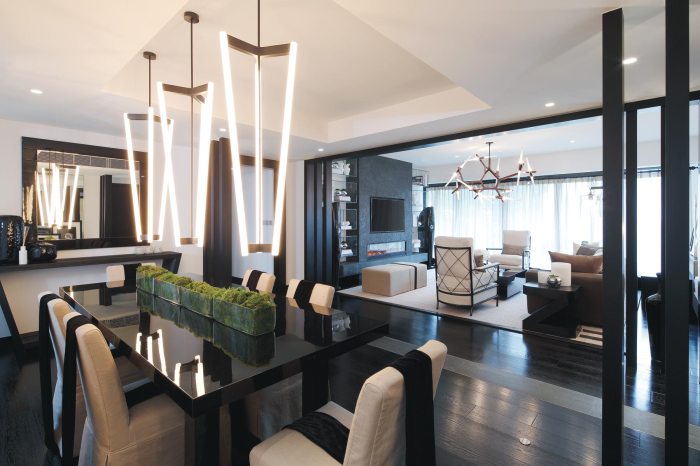Exploring the World of Interior Designers

Diving into the realm of interior designers, this introduction captivates readers with a detailed and intriguing narrative, engaging them from the very start.
The following paragraph will delve into the specifics of the topic, providing a clear and comprehensive overview.
Overview of Interior Designers

Interior designers play a crucial role in transforming spaces, whether it's a residential home, office, or commercial establishment. They combine their creative vision with technical expertise to create functional and aesthetically pleasing environments.
Skills and Expertise
Interior designers need a diverse set of skills to be successful in their field. These include a keen eye for design, knowledge of color theory, understanding of spatial arrangements, proficiency in using design software, and strong communication skills to effectively collaborate with clients and other professionals.
Client Needs and Preferences
Understanding and interpreting client needs and preferences is essential for interior designers. They must listen carefully to the client's goals, lifestyle, and aesthetic preferences to create a space that truly reflects their personality and meets their practical requirements. Building a strong rapport with clients is key to delivering a successful interior design project.
Education and Training

To become an interior designer, individuals typically follow a specific education path that includes formal training and practical experience. This helps them develop the necessary skills and knowledge to excel in the field.
Education Path
- Obtain a Bachelor's degree in Interior Design or a related field: Many aspiring interior designers start by pursuing a Bachelor's degree in Interior Design, Architecture, or a closely related field. This provides a solid foundation in design principles, space planning, color theory, and materials.
- Gain practical experience through internships or entry-level positions: It is essential for aspiring interior designers to gain hands-on experience through internships or entry-level positions at design firms. This allows them to apply their knowledge in real-world settings and build a portfolio of work.
- Consider pursuing a Master's degree: Some interior designers choose to further their education by pursuing a Master's degree in Interior Design or a related field. This can lead to advanced career opportunities and specialization in specific areas of design.
Certifications and Degrees
- National Council for Interior Design Qualification (NCIDQ) Certification: The NCIDQ certification is a prestigious credential that demonstrates a designer's proficiency and expertise in the field. Many employers prefer candidates with this certification.
- Associate's Degree in Interior Design: An Associate's degree in Interior Design can be a good starting point for those looking to enter the field quickly. It provides foundational knowledge and skills for entry-level positions.
- Professional Associations: Joining professional associations such as the American Society of Interior Designers (ASID) or the International Interior Design Association (IIDA) can provide networking opportunities, continuing education resources, and industry recognition.
Professional Development
- Continuing Education Courses: Interior designers can stay current with industry trends and developments by taking continuing education courses. This helps them expand their knowledge and skills in specific areas of design.
- Workshops and Conferences: Attending workshops, seminars, and conferences related to interior design can provide valuable insights, networking opportunities, and exposure to new ideas and techniques.
Design Process
Interior designers follow a systematic step-by-step process when working on a project to ensure a successful outcome. This process involves various stages that help bring the design concept to life.
Significance of Mood Boards, Sketches, and 3D Models
Creating mood boards, sketches, and 3D models are essential steps in the design process as they help designers visualize their ideas and communicate them effectively to clients.
- Mood boards: These boards consist of images, materials, colors, and textures that represent the overall look and feel of the design concept. They serve as a visual reference and inspiration for the project.
- Sketches: Sketching allows designers to quickly explore and develop ideas on paper before moving on to detailed drawings. It helps in refining concepts and layouts.
- 3D Models: 3D modeling enables designers to create realistic representations of the design, allowing clients to better understand the spatial layout and aesthetics of the space.
Collaboration with Architects, Contractors, and Other Professionals
Interior designers collaborate with architects, contractors, and other professionals to ensure that the design vision is executed seamlessly.
- Architects: Designers work closely with architects to integrate the interior and exterior design elements, ensuring a cohesive look and functionality.
- Contractors: Collaboration with contractors is crucial for implementing the design plans accurately, within budget, and on schedule.
- Other Professionals: Interior designers may also collaborate with lighting designers, furniture makers, and artisans to bring unique elements to the project.
Styles and Trends
When it comes to interior design, staying updated with the latest styles and trends is crucial for creating spaces that are both functional and aesthetically pleasing. Interior designers often draw inspiration from various design styles and incorporate current trends to bring a fresh and modern look to their projects.
Popular Interior Design Styles
Interior designers often work with a variety of design styles, each with its unique characteristics and aesthetics. Some popular interior design styles include:
- Minimalist: Characterized by simplicity, clean lines, and a focus on functionality.
- Industrial: Inspired by warehouses and urban lofts, featuring raw materials like exposed brick and metal.
- Scandinavian: Known for its light and airy feel, with a focus on natural elements, neutral colors, and minimalistic furniture.
Current Trends in Interior Design
Interior designers are always on the lookout for the latest trends in colors, materials, and furniture to incorporate into their designs. Some current trends include:
- Color Trends: Bold and vibrant colors like emerald green and deep blues are making a comeback, along with softer pastel tones for a more calming effect.
- Material Trends: Sustainable and eco-friendly materials are becoming increasingly popular, such as bamboo flooring, recycled glass countertops, and reclaimed wood furniture.
- Furniture Trends: Modular and multifunctional furniture pieces are gaining popularity, offering versatility and space-saving solutions for smaller living spaces.
Balancing Timeless Design with Contemporary Trends
One of the key challenges for interior designers is finding the right balance between timeless design elements and contemporary trends. By incorporating classic design principles like symmetry, balance, and proportion, while also infusing modern elements such as innovative lighting fixtures or bold patterns, interior designers can create spaces that are both stylish and enduring.
Summary

Wrapping up our discussion on interior designers, this conclusion offers a compelling summary of the key points discussed, leaving readers with a lasting impression.
Popular Questions
What qualifications are needed to become an interior designer?
To become an interior designer, one typically needs a bachelor's degree in interior design or a related field, along with creativity, problem-solving skills, and attention to detail.
How do interior designers stay updated on current design trends?
Interior designers stay updated by attending trade shows, workshops, and seminars, as well as following design publications and blogs to keep abreast of the latest trends.
What is the difference between an interior designer and an interior decorator?
While interior designers focus on planning and designing interior spaces, including structural changes, interior decorators primarily work on aesthetics and decor, such as furniture, color schemes, and accessories.

